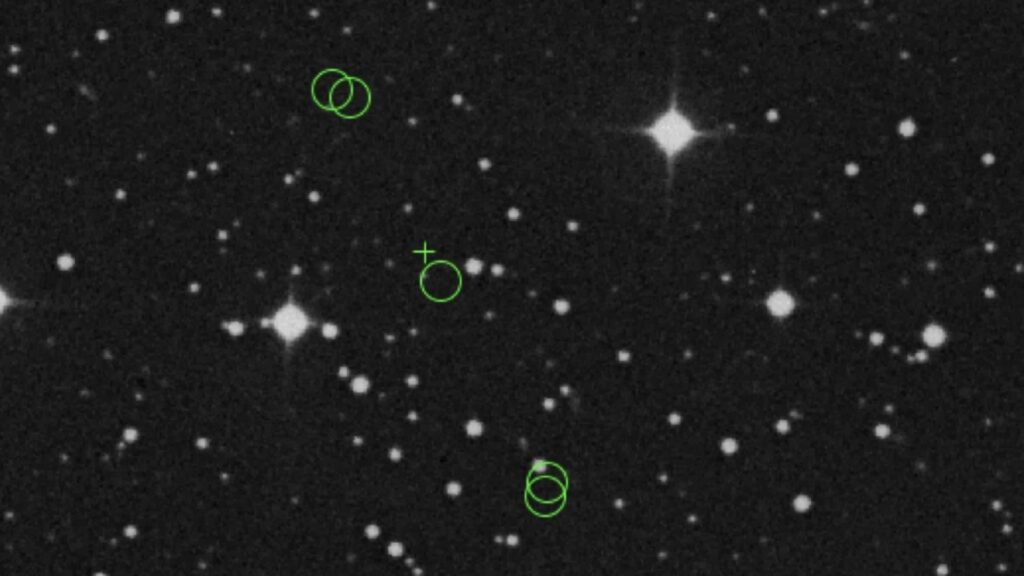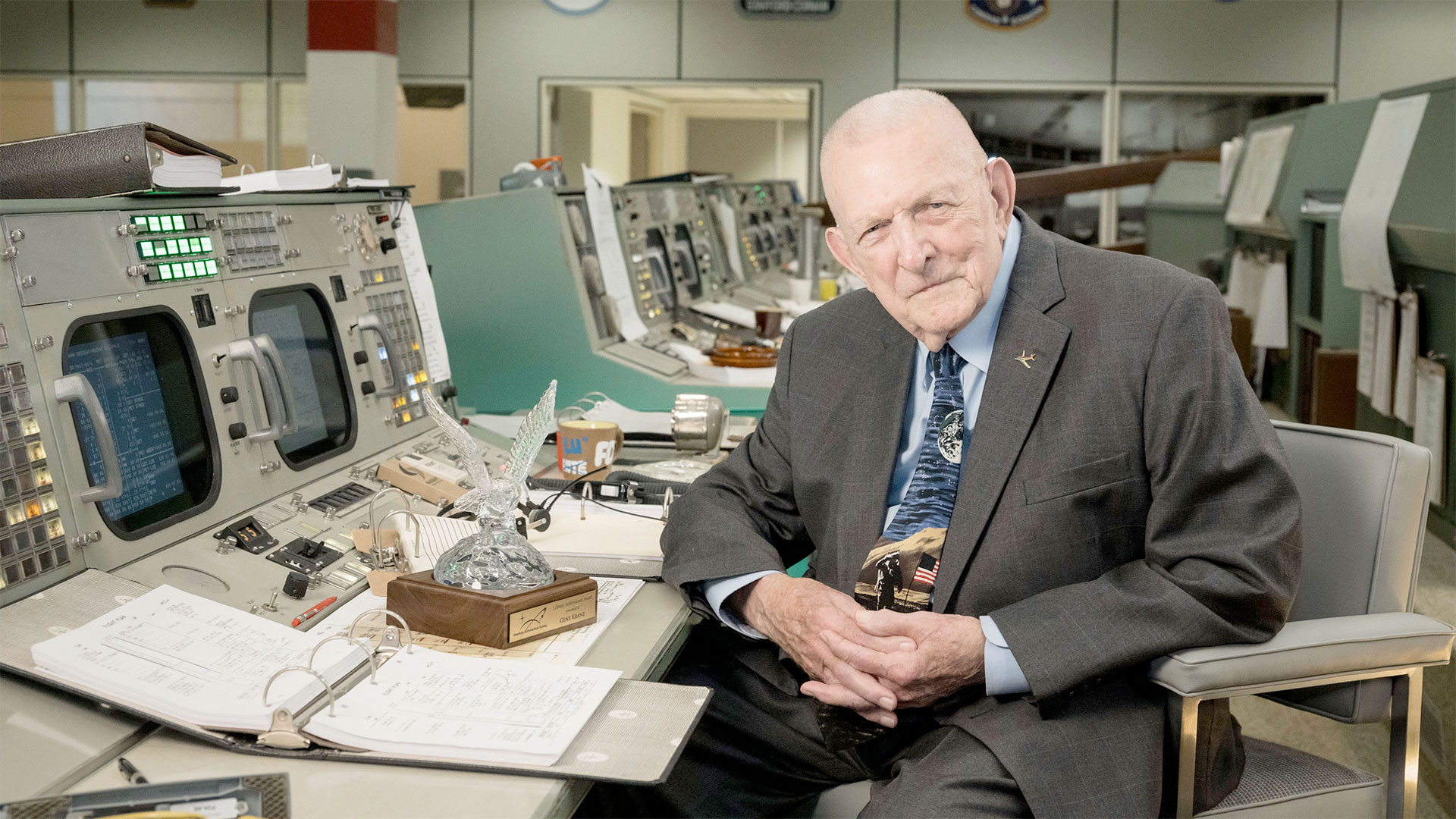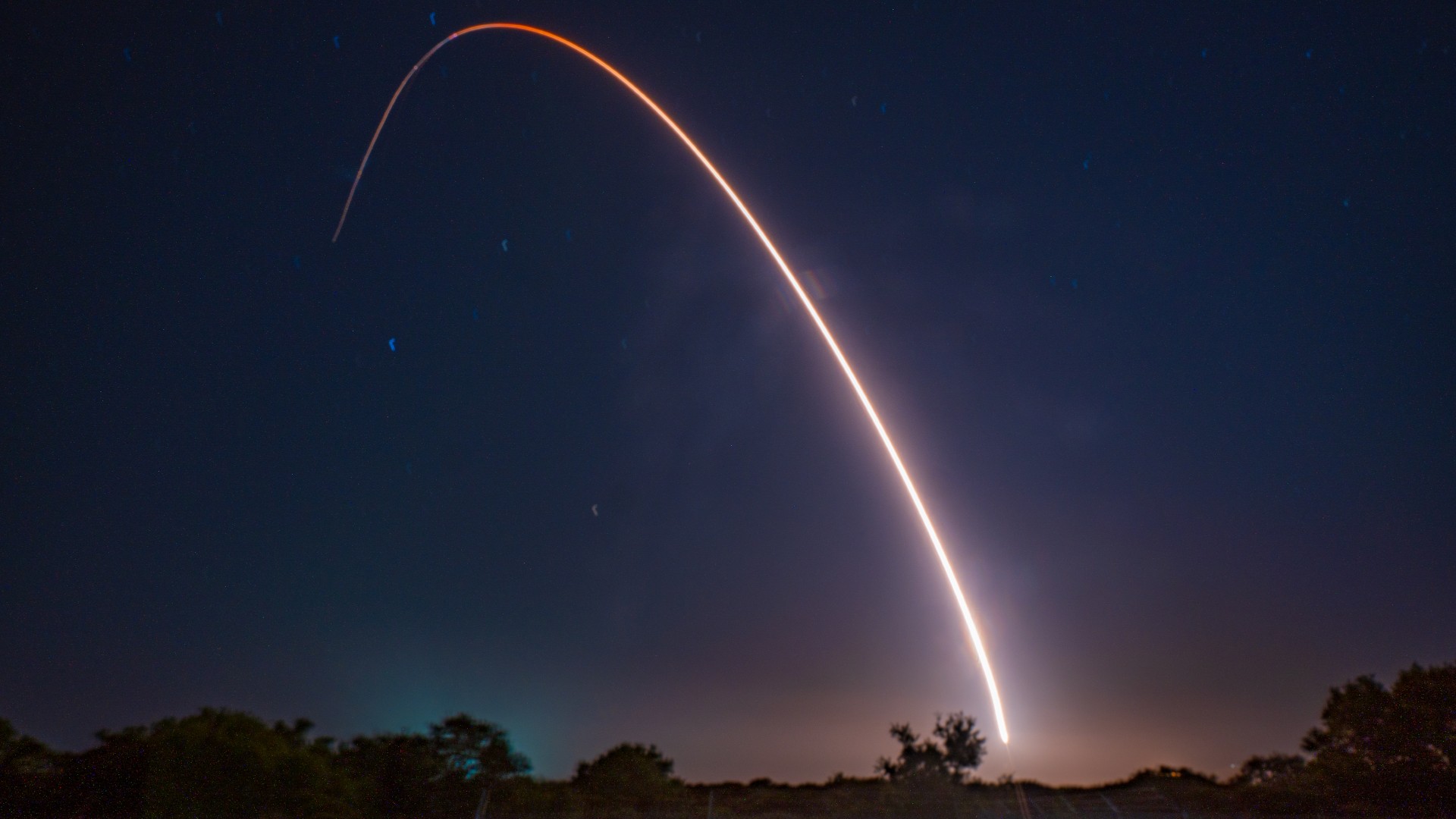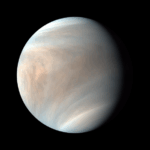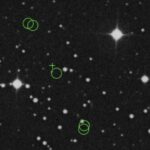Now Reading: New species of space-adapted bacteria discovered on China’s Tiangong space station
-
01
New species of space-adapted bacteria discovered on China’s Tiangong space station
New species of space-adapted bacteria discovered on China’s Tiangong space station

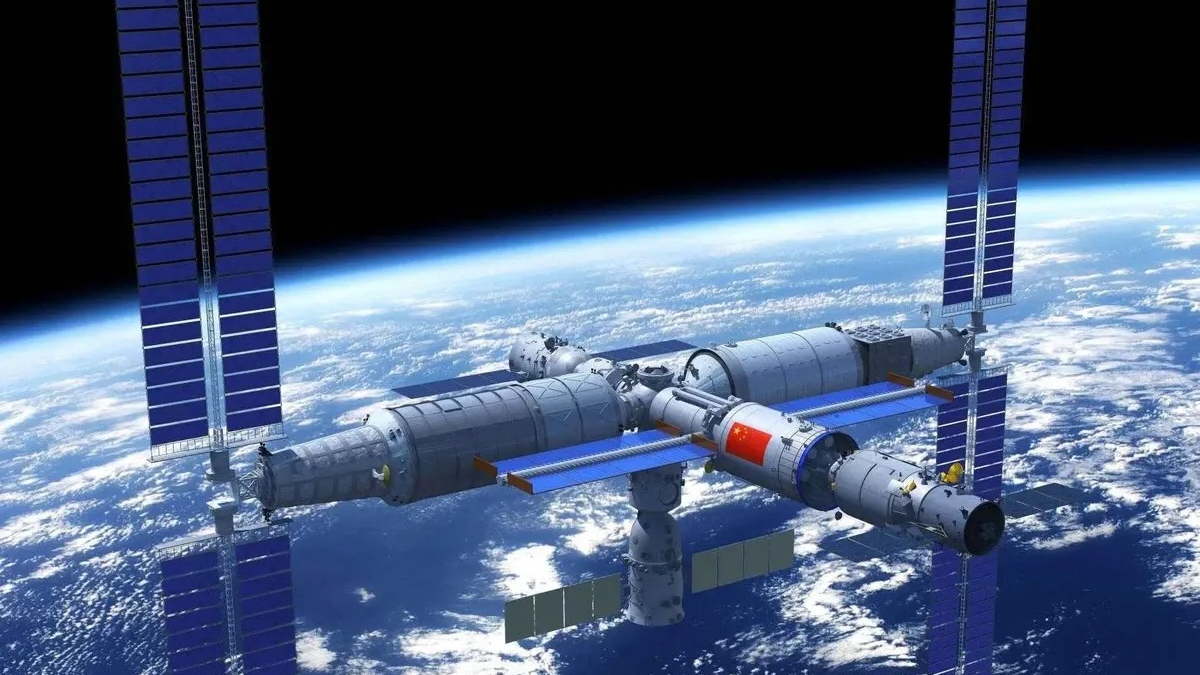
Scientists have discovered a previously unknown strain of microbe after analyzing samples taken from China’s Tiangong space station.
The new microbe strain, officially named Niallia tiangongensis, was found in microbial samples collected from the surfaces of Tiangong during the Shenzhou 15 crewed mission, which returned to Earth in June 2023.
The new microbe is an aerobic, spore-forming and rod-shaped bacteria, according to its description in a peer-reviewed paper in the journal International Journal of Systematic and Evolutionary Microbiology that was published this March. It is the first time a new species has been discovered aboard Tiangong, a three-module space station in low Earth orbit.
The new species is most closely related to one found on Earth in soil and waste, which can cause infections and even sepsis in immunocompromised individuals. It has been determined to be a new strain through morphological observation, genome sequencing, phylogenetic analysis, and metabolic profiling, belonging to the genus Niallia within the family Cytobacillaceae.
“Understanding the characteristics of microbes during long-term space missions is essential for safeguarding the health of astronauts and maintaining the functionality of spacecraft,” the paper states.
The new microbe’s apparent adaptations to conditions in orbit set it apart from its terrestrial relatives. Niallia tiangongensis displays a heightened oxidative stress response and a unique biofilm-forming ability that aids radiation damage repair.
These adaptations — due to structural and functional differences in two types of proteins — demonstrate that the microbe has developed mechanisms to aid survival in the extremes of the space environment, according to the paper.
The paper was authored by researchers from the Shenzhou Space Biotechnology Group and Beijing Institute of Spacecraft System Engineering.
China’s astronauts working aboard Tiangong regularly sample microbes from the space station’s air, surfaces and water dispenser outlets to monitor the space station’s environment.
Related stories:
It is not the first time a novel species has been discovered in space. While space stations are relatively clean environments and are bombarded by higher doses of radiation than the surface of Earth, astronauts coming to and from space stations carry trillions of microscopic organisms with them.
A range of new bacteria have been identified from the International Space Station, including strains of bacteria that could help astronauts to grow crops on Mars.
Recently, 26 previously unknown bacterial species were discovered in NASA clean rooms — some of the most sterile places humanity has built, designed to prevent spacecraft from carrying unwanted microbes to other planetary bodies.
Research aboard Tiangong also includes assessing how microbes interact with materials aboard Tiangong, China Central Television (CCTV) reported, citing China’s human spaceflight agency. Tests include how the fungus Aspergillus niger (black mold) affects various materials such as polyurethane-coated circuit boards, bare copper boards, and heat-shrink tubing, with the aim of further understanding how microbial colonies can cause corrosion in a space environment.
Stay Informed With the Latest & Most Important News
-
 012024 in Review: Highlights from NASA in Silicon Valley
012024 in Review: Highlights from NASA in Silicon Valley -
 02Panasonic Leica Summilux DG 15mm f/1.7 ASPH review
02Panasonic Leica Summilux DG 15mm f/1.7 ASPH review -
 03How New NASA, India Earth Satellite NISAR Will See Earth
03How New NASA, India Earth Satellite NISAR Will See Earth -
 04And Thus Begins A New Year For Life On Earth
04And Thus Begins A New Year For Life On Earth -
 05Astronomy Activation Ambassadors: A New Era
05Astronomy Activation Ambassadors: A New Era -
06SpaceX launch surge helps set new global launch record in 2024
-
 07Space Force plans new ‘Futures Command’ amid pressure to speed up modernization
07Space Force plans new ‘Futures Command’ amid pressure to speed up modernization













